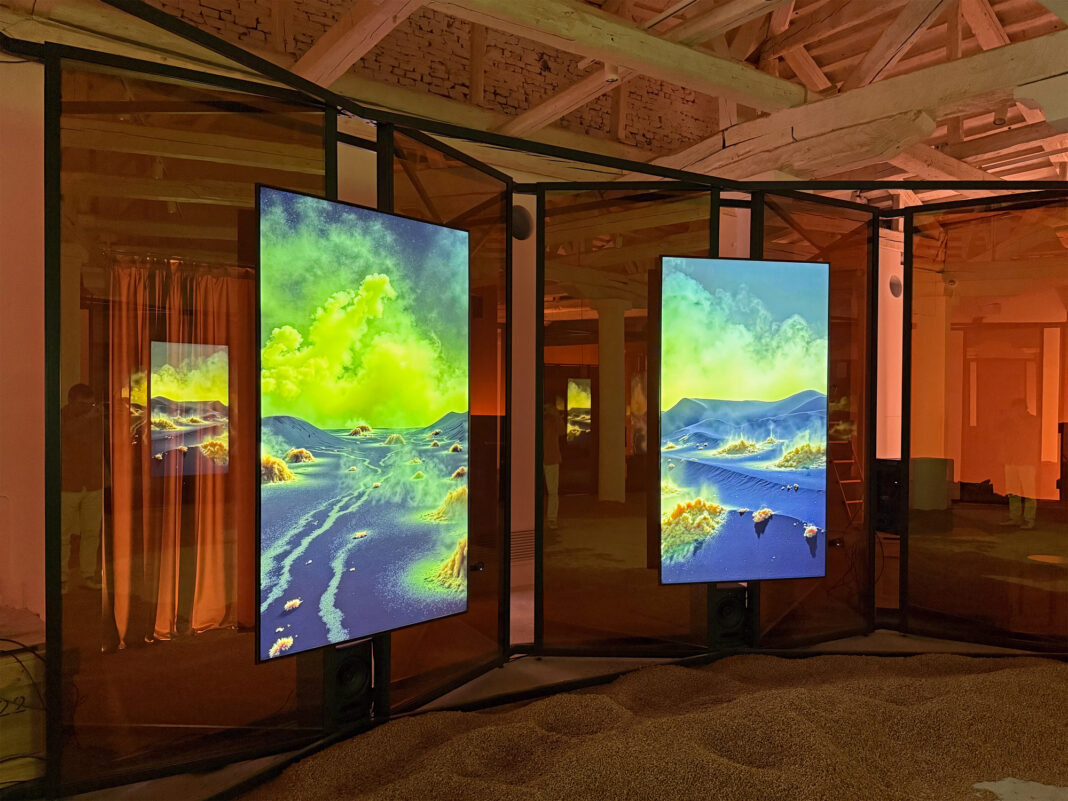Titled Paraíso, hoje. [Paradise, today.], the exhibition representing Portugal at the 19th International Architecture Exhibition – La Biennale di Venezia addresses architecture as a cultural construction of landscape. Curated by architects Paula Melâneo, Pedro Bandeira, and Luca Martinucci, landscape architect Catarina Raposo, and video artist Nuno Cera, it offers an immersive installation featuring videos created using new digital technologies and artificial intelligence, along with an Atlas of images. Together, they construct a critical exploration of the proposed theme, the allegory of a “Paradise.” This year, the Portuguese exhibition changed location, moving from Palazzo Franchetti to the Fondaco Marcello building, next to Venice’s Grand Canal. It will remain open to visitors and host a series of debates until 23 November 2025.

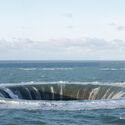



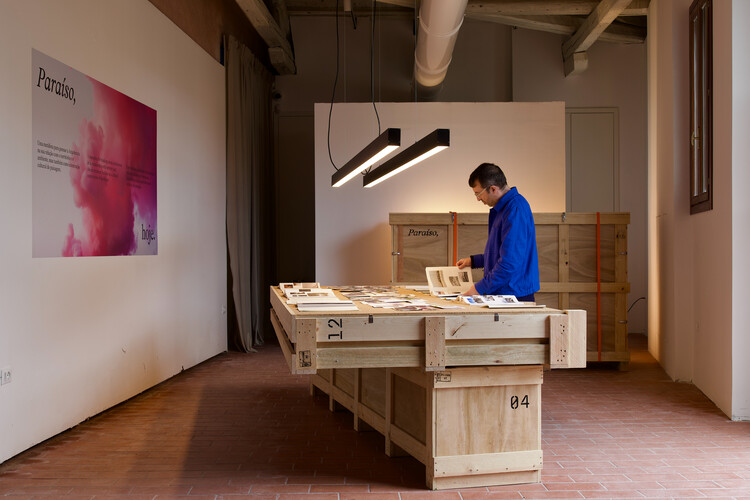
From the curators’ perspective, the theme of this year’s Biennale, Intelligens. Natural. Artificial. Collective., proposed by Carlo Ratti, envisions a future of inclusive, plural, and imaginative intelligences that move beyond the current focus on AI. Paraíso, hoje. responds to this challenge by considering architecture’s relationship with diverse disciplines, including art, engineering, biology, data science, and the social sciences, through its connection to territory and environment. The exhibition is structured around two axes of reflection, materialised in a single multisensory experience composed of an immersive video installation and a thematic Atlas of images that collectively build an allegory of “Paradise.”

The installation forms an interactive physical and digital environment, functioning as a technological, architectural, and artistic device. It features videos of real Portuguese landscapes by artist and curator Nuno Cera, digitally manipulated using AI by 18—25 Studio, and accompanied by a soundscape composed by Jorge Queijo. The goal of this visual and audio experience is to highlight the interdependence between the cultural construction of landscape and the collective.
Related Article
Meet the Full List of the 65 National Pavilions at the 2025 Venice Architecture Biennale
To create the Paraíso, hoje. Atlas of images, the curatorial team launched an Open Call in January, asking: Where is Paradise? The public was invited to submit images of projects, works, or places in Portugal that could contribute to the creation of the thematic Atlas integrated into the exhibition. Over a hundred proposals were received, 36 of which were selected to form part of an organized collection of around 700 images that make up the Atlas. The result is a collective analysis of Portuguese territory, offering a contemporary perspective on architectural practice across various scales, programs, and intervention typologies.
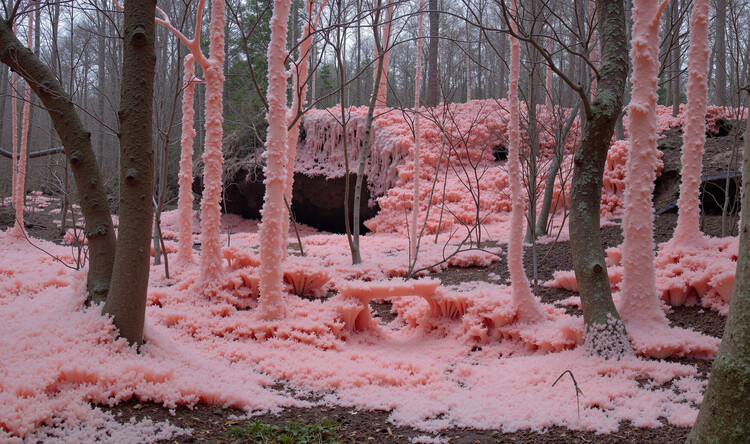
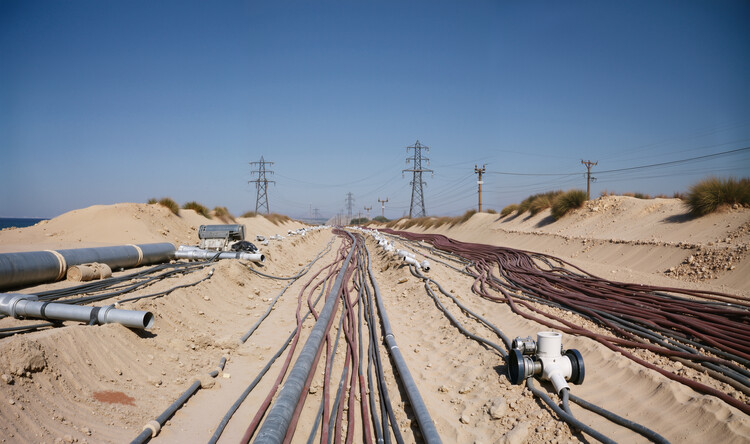
The exhibition explores different ways of thinking about Paradise in the present day, organized around themes such as experience, regeneration, leisure, networks, return, cultivation, simulacrum, and fiction. Through this display of images, the curatorial team contrasts the collective image of Portugal as a “garden planted by the sea” with the growing pressures on the Portuguese coastline caused by uncontrolled urbanization, real estate speculation, and overtourism. They also address the reality of what they consider a neglected interior territory, marked by demographic decline, agricultural abandonment, industrial exploitation, and the impacts of extractive industries and energy transition infrastructure. The curators understand architecture’s role as, consciously or unconsciously, complicit in these dynamics through an uncritical attitude.
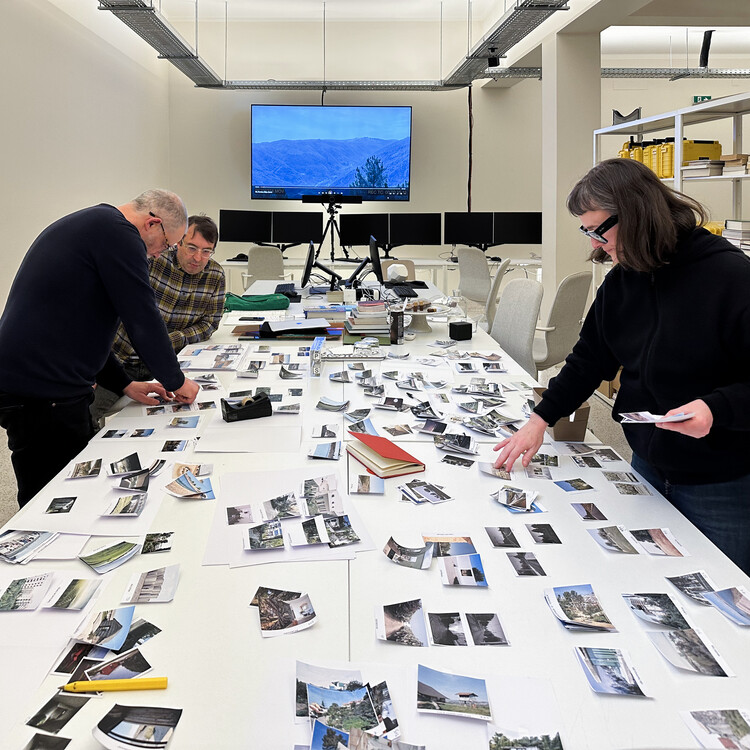
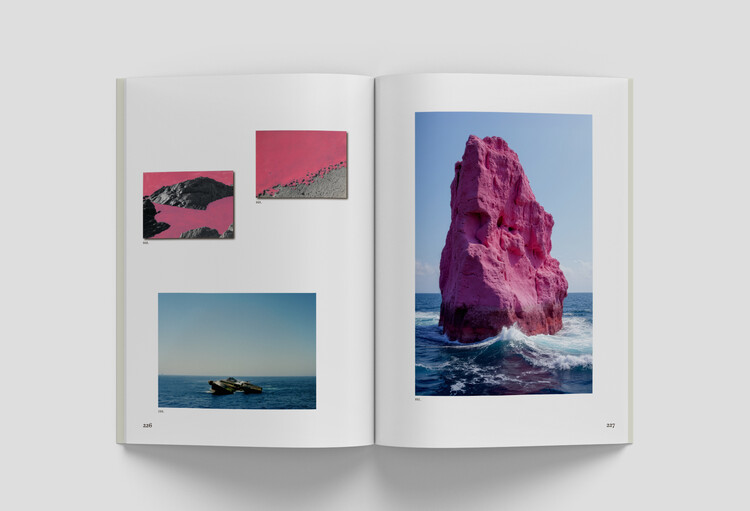
The Atlas forms part of a catalogue-book published by Circo de Ideias, with graphic design by vivóeusébio. The exhibition is commissioned by the Portuguese Direção-Geral das Artes (Directorate-General for the Arts). Paraíso, hoje. was selected from 31 proposals submitted in the first phase of an open public competition, and from three finalists in the second phase, by a specialist jury composed of architects Ana Jara, Ana Vaz Milheiro, Diogo Passarinho, Inês Lobo, and Luís Santiago Baptista.
After months of preparation, the Venice Architecture Biennale opened to the public on Saturday, May 10, 2025. On the same day, the awards selected by the international jury chaired by Hans Ulrich Obrist were announced. Among the 65 national pavilions, the winning proposal was the Kingdom of Bahrain’s Heatwave exhibition. Special mentions were also awarded to Opera Aperta, the Holy See’s Pavilion, and GBR: Geology of Britannic Repair, representing Great Britain.

